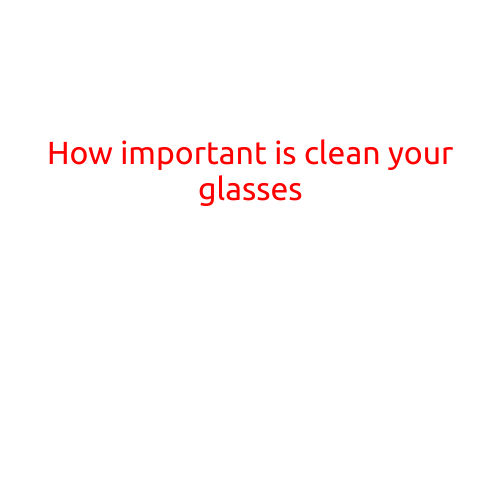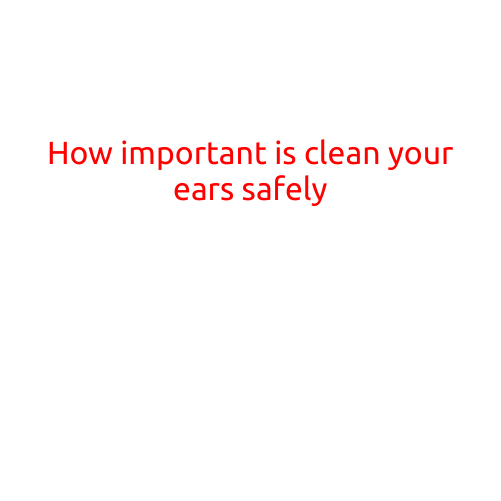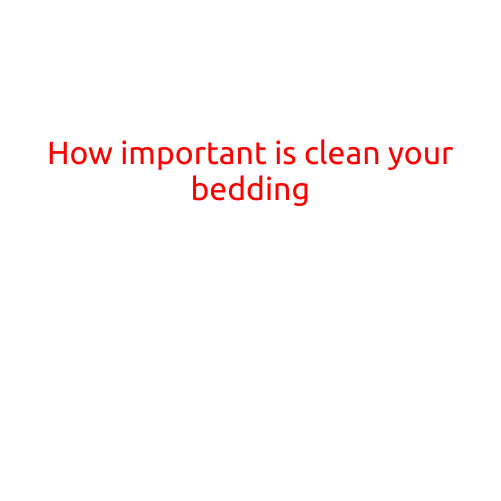
How Important is Disinfecting Surfaces?
In today’s fast-paced world, germs and bacteria are everywhere, contaminating surfaces and spreading illnesses left and right. This is why disinfecting surfaces has become a crucial part of our daily routine, especially in public areas, healthcare facilities, and homes. But how important is it to disinfect surfaces really? Let’s dive in and find out.
Why Disinfecting is Vital
Disinfecting surfaces is essential for maintaining good health and preventing the spread of diseases. Here are some compelling reasons why:
- Prevents the Spread of Infections: Germs and bacteria can be transmitted through contact with contaminated surfaces. Disinfecting surfaces reduces the risk of infection, which can lead to serious illnesses and even death.
- Reduces Illnesses: Studies have shown that proper disinfection can significantly reduce the number of illnesses caused by viral and bacterial agents.
- Prevents the Growth of Antibiotic-Resistant Bacteria: Disinfecting surfaces can help prevent the growth of antibiotic-resistant bacteria, which can lead to serious health issues.
- Maintains Hygiene: Disinfecting surfaces maintains a high level of hygiene, which is essential in many industries, such as healthcare, food service, and education.
What Surfaces Need to be Disinfected
Not all surfaces are created equal. Some surfaces require more attention than others when it comes to disinfection. Here are some of the most critical surfaces that need to be disinfected:
- Frequent Touchpoints: Surfaces that are frequently touched, such as door handles, light switches, and remote controls, are breeding grounds for germs and bacteria.
- Surfaces in High-Traffic Areas: Areas with high foot traffic, such as hospitals, schools, and public transportation hubs, need to be disinfected regularly to prevent the spread of germs.
- Food Preparation Surfaces: Surfaces used for food preparation, such as countertops and equipment, need to be disinfected regularly to prevent the growth of bacteria and other microorganisms.
- Patient Care Surfaces: In healthcare settings, surfaces that come into contact with patients, such as bedrails and medical equipment, need to be disinfected to prevent the spread of infections.
Tips for Effective Disinfection
Disinfecting surfaces requires more than just a quick wipe-down with a disinfectant. Here are some tips for effective disinfection:
- Choose the Right Disinfectant: Select a disinfectant that is effective against the types of germs and bacteria you’re trying to eliminate.
- Follow the Manufacturer’s Instructions: Always follow the manufacturer’s instructions for use, concentration, and contact time.
- Wear Protective Gear: Wear gloves, a mask, and protective eyewear when disinfecting surfaces to prevent exposure to chemicals and microorganisms.
- Clean Before Disinfecting: Clean surfaces before disinfecting to remove dirt, dust, and other debris that can interfere with the disinfectant’s effectiveness.
- Disinfect Frequently: Disinfect surfaces frequently, especially in high-traffic areas and areas where germs and bacteria tend to thrive.
Conclusion
Disinfecting surfaces is a crucial step in maintaining good health and preventing the spread of diseases. By understanding why disinfecting is important, identifying the surfaces that need to be disinfected, and following effective disinfection techniques, we can all play a vital role in keeping ourselves and others safe from germs and bacteria.





